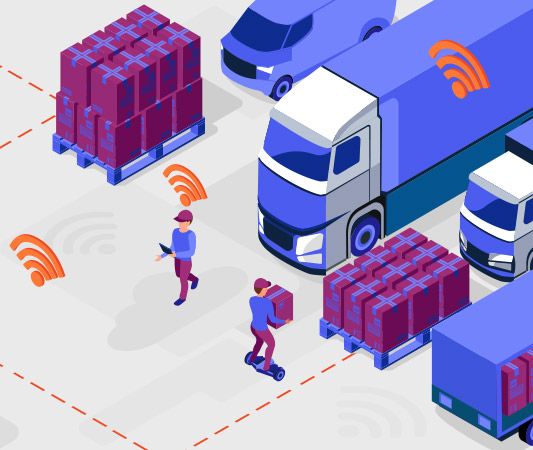A new area of safety and security on the move
There’s no disputing that our world is better connected than ever before. Every day, passenger jets transport millions of passengers from one destination to another. Seaports oversee huge amounts of daily import and export. And as technology develops, the capabilities of V2V (vehicle to vehicle) communications to improve the safety and efficiency of transportation in every sector only becomes more apparent.
This in-transit mobile connectivity can be applied to a vast spectrum of applications. Tracking trains across remote terrains and controlling bus fleets in busy areas are just a couple of examples for modern transport operators. Additionally, our reliance on mobile technology has resulted in increased demand on the part of customers for connectivity on the move.
So how can transport operators capitalise on all of the opportunities a reliable and agile mobile network can bring?
A fully mobile network, offers powerful connectivity on the move, boosting the appeal of passenger vehicles. Every node within the system can be mobile, resulting in high-bandwidth connection.
But not only this, it strengthens the critical link between command centres and a diverse range of transportation types – from high-speed trains to ships, ensuring that operators always have sight of and control over their assets.
Keeping railroads on track
Command centres can instantly access all processes running on each train and glean analytical insights, from monitoring equipment healthy to optimising fuel consumption.
Optimise your passengers’ experience
The proliferation of mobile devices has meant that passengers expect strong connectivity anytime, anywhere. Satisfy demand with a network, which can thoroughly modernise transportation assets.
What’s more, a strong connection can facilitate personnel in their tasks, boosting productivity and service. This network also allows for dynamic loading of digital adverts and content that’s geographically targeted to customers, to help offset any essential safety costs.

